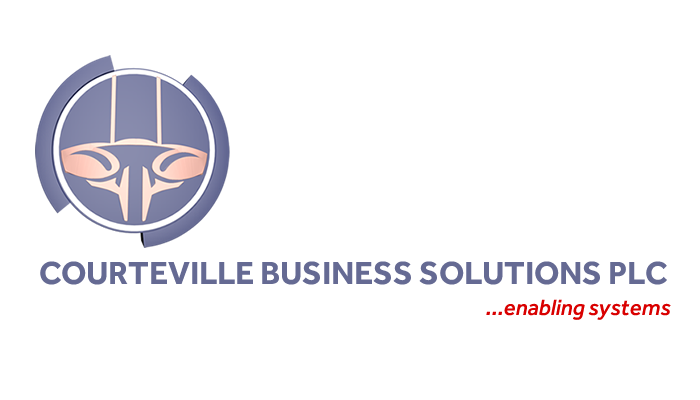As the rest of the world innovates on a platform of nanotechnology, biotechnology, space and electronic research, Nigeria and other Sub-Sahara Africa nations are still lagging behind in these new fields of science, vital to nation’s security and economic clout.
Innovation brings new knowledge that leads to development of improved processes and products. Engineering skills and science knowledge are key primary support of business innovation. This can be seen in the recent news about some giant Tech Companies in the United States who have proposed, built and deployed Reusable Rockets, which they planned to use for launching cargo and human to space in the nearest future, as more research is going on in that field.
Rockets typically are destroyed on their maiden voyage. But now they can make an upright landing and be re-fuelled for another trip, setting the stage for a new era in space flight.
Thousands of rockets have flown into space, but not until 2015 did one return like this: it came down upright on a landing pad, steadily firing to control its descent, almost as if a movie of its launch was being played backward. If this can be done regularly and rockets can be re-fuelled over and over, space flight could become a hundred times cheaper.
Two tech billionaires made it happen. Jeff Bezos’s Blue Origin first pulled off a landing in November 2015; Elon Musk’s SpaceX did it in December 2015. The companies are quite different—Blue Origin hopes to propel tourists in capsules on four-minute space rides, while SpaceX already launches satellites and space station supply missions—but both need reusable rockets to improve the economics of space flight.
Blasting things into space has been expensive because rockets cost tens of millions of dollars and fly once before burning up in a free fall back through the atmosphere. SpaceX and Blue Origin instead bring theirs down on fold-out legs, a trick that requires on-board software to fire thrusters and manipulate flaps that slow or nudge the rockets at precise moments.
SpaceX has the harder job because Blue Origin’s craft go half as fast and half as high and stay mostly vertical, whereas SpaceX’s rockets have to switch out of a horizontal position. A reminder of how many things can go wrong came in January 2016, when SpaceX just missed a second landing because a rocket leg didn’t latch into place. Even so, it’s now clear that the future of space flight will be far more interesting than the Apollo-era hangover of the past 40 years.
Source: https://www.technologyreview.com/s/600767/10-breakthrough-technologies-2016-reusable-rockets/
H. A



